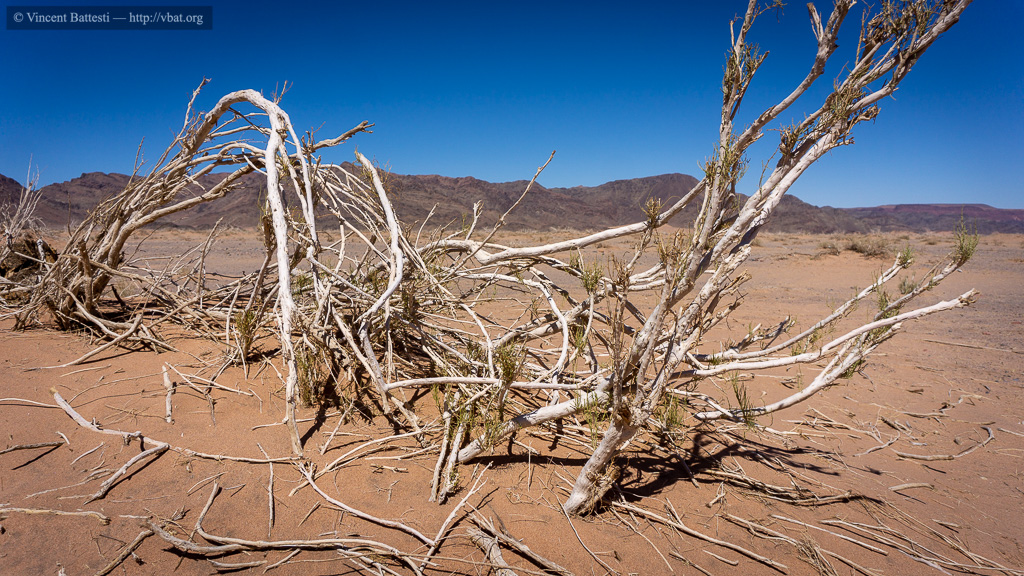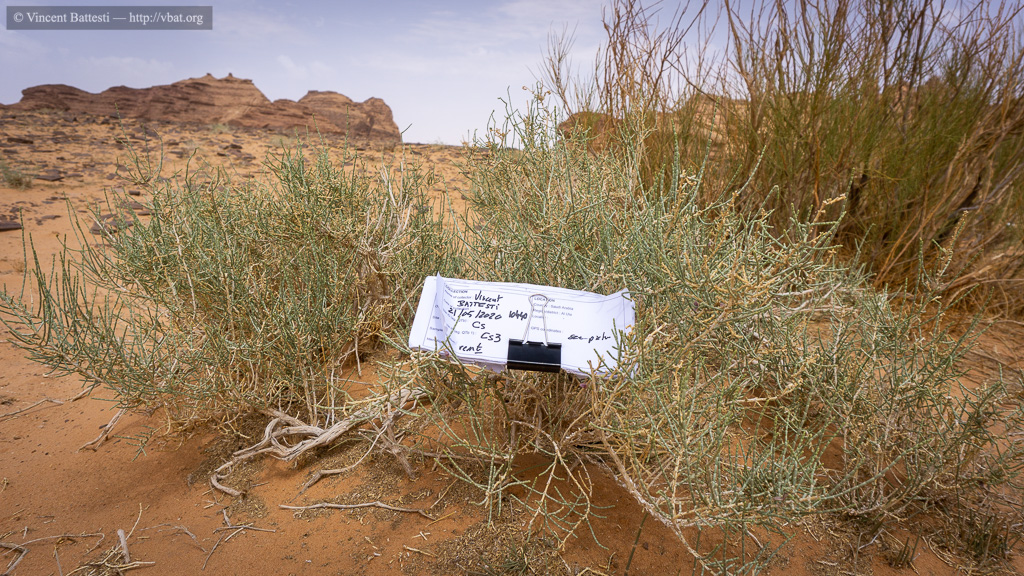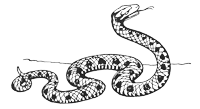Strontium isotope evidence for Pre-Islamic cotton cultivation in Arabia

– Strontium isotope evidence for Pre-Islamic cotton cultivation in Arabia
Saskia E. Ryan, Eric Douville, Arnaud Dapoigny, Pierre Deschamps, Vincent Battesti, Abel Guihou, Matthieu Lebon, Jérôme Rohmer, Vladimir Dabrowski, Patricia Dal Prà, Laïla Nehmé, Antoine Zazzo, Charlène Bouchaud.
published in Frontiers in Earth Science journal, Sec. Quaternary Science, Geomorphology and Paleoenvironment, vol. 11-2023.
Ref.: 11:1257482
DOI: 10.3389/feart.2023.1257482
– Online (open access): https://www.frontiersin.org/article...
– PDF: https://hal.science/mnhn-04351509
– Article abstract:
With a view to understanding the dynamics of ancient trade and agrobiodiversity, archaeobotanical remains provide a means of tracing the trajectories of certain agricultural commodities. A prime example is cotton in Arabia, a plant that is non- native but has been found in raw seed and processed textile form at Hegra and Dadan, in the region of al-‘Ulā, north-western Saudi Arabia—sites of critical importance given their role in the trans-Arabian trading routes during Antiquity. Here, we demonstrate that the measurement of strontium isotopes from pre- cleaned archaeological cotton is methodologically sound and is an informative addition to the study of ancient plant/textile provenance, in this case, putting forward evidence for local production of cotton in oasis agrosystems and possible external supply. The presence of locally-grown cotton at these sites from the late 1st c. BCE–mid 6th c. CE is significant as it demonstrates that cotton cultivation in Arabia was a Pre-Islamic socio-technical feat, while imported cotton highlights the dynamism of trade at that time.

- Sampling for Saskia Ryan in al-‘Ulā Region. Here a ġaḍā [غضا], Haloxylon persicum Bunge ex Boiss. & Buhse (Amaranthaceae) in the wādī al-Jazil, March 22nd 2020, by Vincent Battesti

- Sampling for Saskia Ryan in al-‘Ulā Region. Here a remṯ [رمث], Haloxylon salicornicum (Moq.) Bunge ex Boise. (Amaranthaceae) nearby Tarīq Ḥayl, May 21st 2020, by Vincent Battesti


 vbat.org
vbat.org


